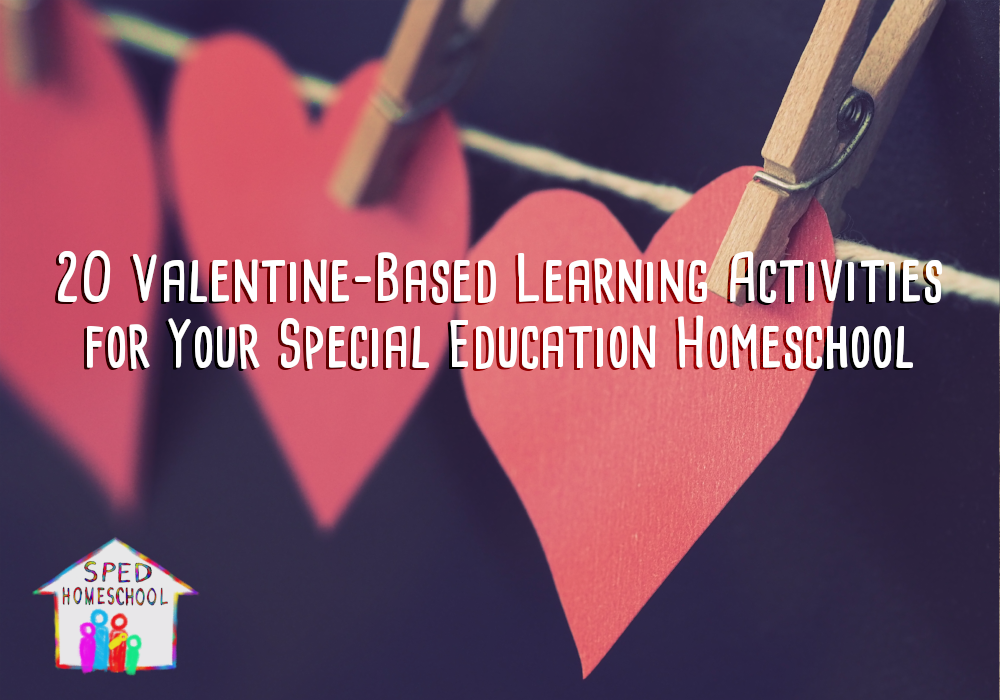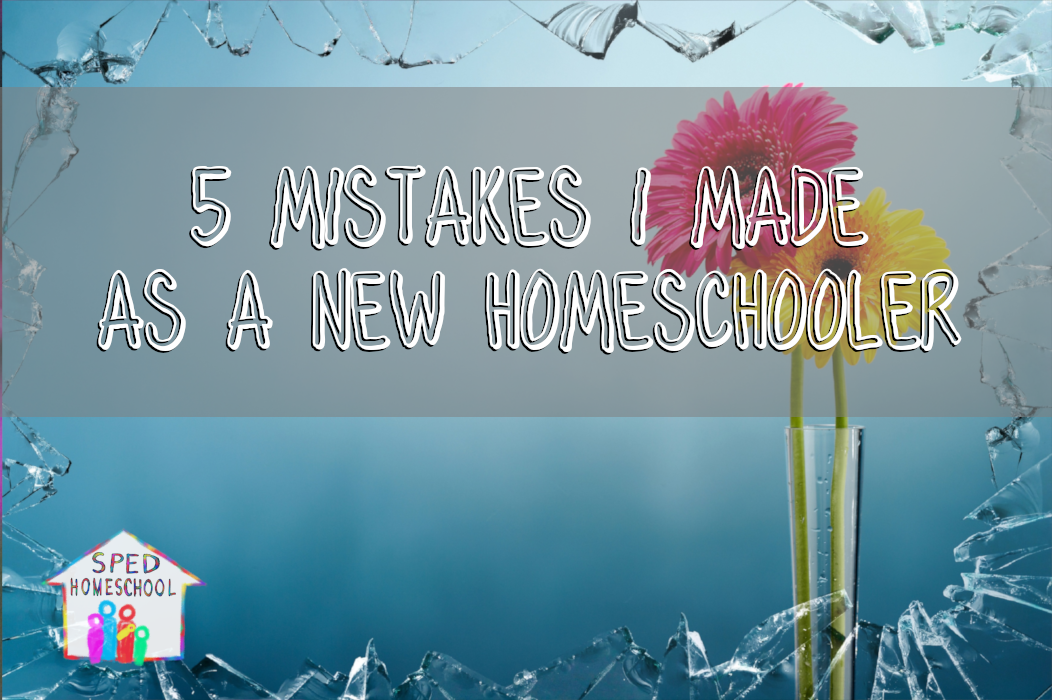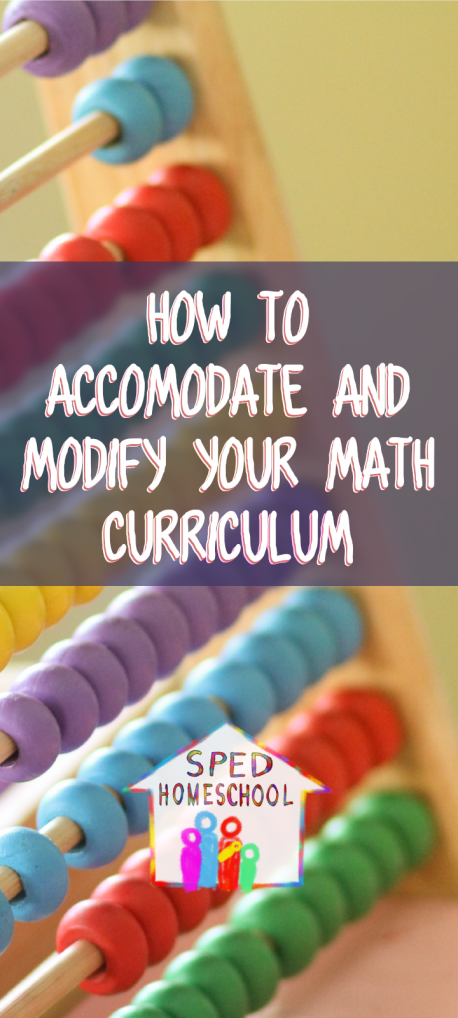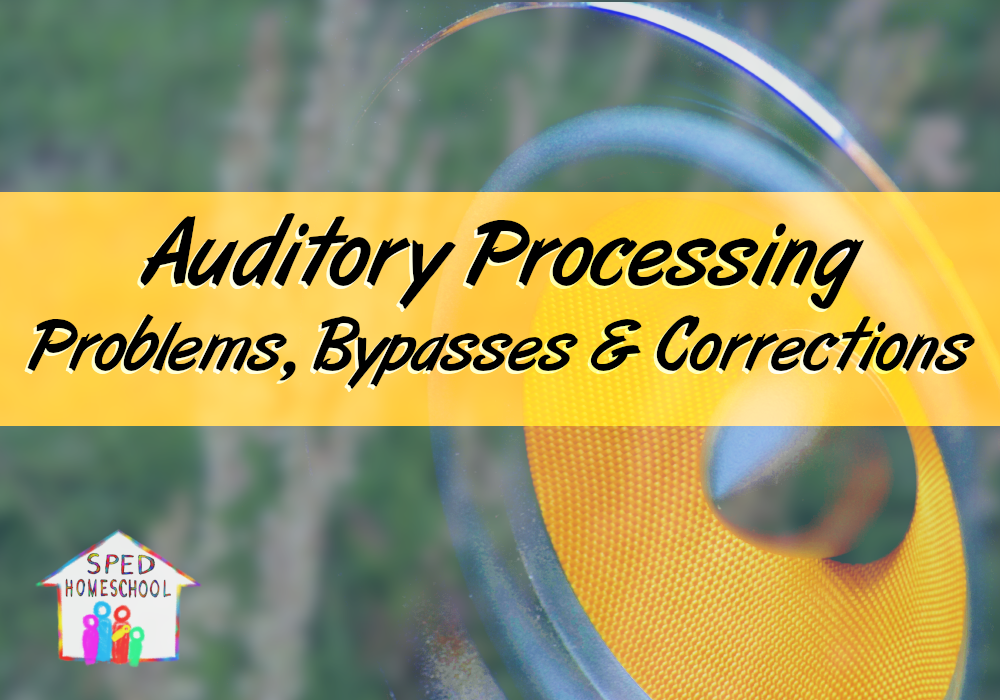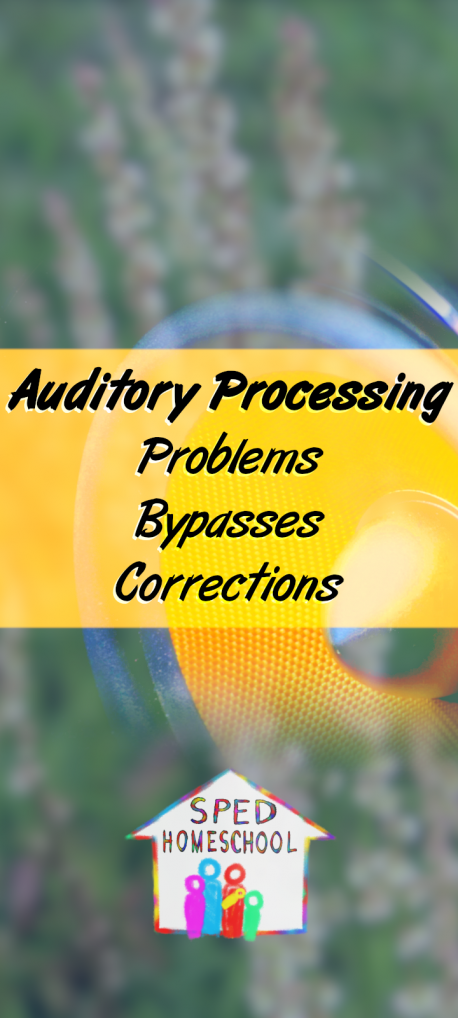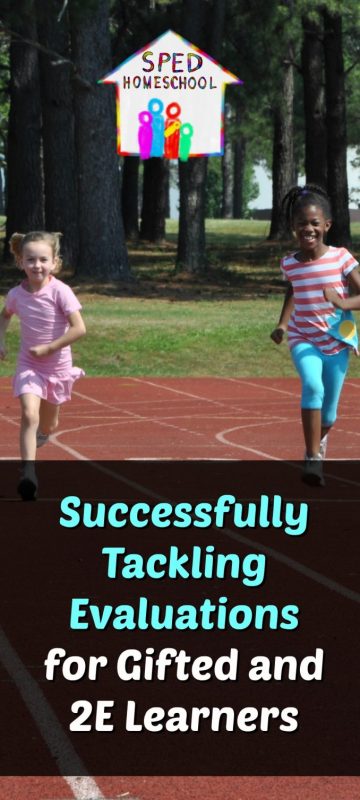
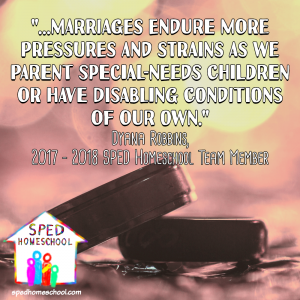 By Dyana Robbins, M. Ed
By Dyana Robbins, M. Ed
Reading this, you are likely a special-needs parent and/or married to someone with special needs. You might need encouragement or strategies for marital happiness in the face of trials. Well, my prayer is that this article will provide both.
The last time I covered this topic, I focused on the strengths that special-needs parenting fosters in our marriages. This article shares how to lay the foundation for those strengths to develop and flourish in our demanding lives. You don’t need me to describe the demands of your days or how challenging they can be, so we will jump right into building a marriage that thrives.
First Things First
Other families can coast without defined priorities or a solid foundation for longer than we can. There’s nothing fair about this truth. Therefore, we have to know what matters most and focus on those things; sometimes focusing on only those things helps us thrive. What follows are my humble ideas about what those things are.
Settle that Your Marriage Always Comes First
This means that every other relationship is secondary. It means that all other responsibilities are secondary, even to our children with special needs. Their needs might demand immediate attention, and more time than we can devote to the marriage relationship. But, we can commit ourselves to giving our marriages priority every time there is not a crisis situation.
Amidst our constant appointments, interruptions to our schedules, and sheer exhaustion lie moments to build one another up. Seize them in the ways that matter most to your spouse. Intentionality and persistence are key. It’s much easier to let those moments slide by.
Ensure your spouse knows that he/she remains the person you prioritize to give the best of all the energy, focus, time and support you can give. In our situations, we can’t always tend their needs first, but we can choose to give them our best at every possible opportunity.
Protect Your Spouse’s Role in Your Home
Each marriage will assign duties differently. This should be done in partnership and by agreement. When others question the contribution of your spouse, defend your partner. Share their strengths and assistance in balancing the many needs of your family. When valid concerns are raised by others, address them with your partner; not in the court of others’ opinions.
Many children with special needs employ the same strategies and leverage that typical children use. Coupled with the sympathy and concern they engender, those strategies form a potent combination to divide you from your biggest ally. When your child(ren) sow division between you or disrespect your partner, protect your spouse’s position.
Enjoy Life Together
Every day, no matter how dark, has something to be savored. Relentlessly find those things and share them with one another. One of our darkest days, our son struggled for life following a routine surgery. As we pled with doctors and helplessly watched our son’s battle, I looked at my husband and remembered all we have come through together.
Facing our greatest fear, I found great comfort in the history I shared with my husband, and his presence with me. I told him this. We consoled one another with memories of past challenges we’d overcome and how we would endure together. It was a precious, bonding experience nestled right up against the greatest trial we could imagine. This has often been true in our lives. Thankfully, our son recovered. He still provides ample opportunities for us to cling to one another!
Every day, no matter how dark, has something to be savored. Share that with one another.
Pursue interests, goals or hobbies however possible. If you can share them; fantastic! If not, ensure that your partner knows you are supportive and happy that they enjoy them. Understand how strengthening and important these activities are in your lives. Lives that orbit too closely around a disability’s sun will eventually be consumed by it. Affirm the other important facets of life together to prevent disaster.
We are more than parents to children with special needs. We are more than partners with special needs. Our history, present, and future contain many aspects of life that are larger than the challenges we face. The stresses of a disability shrink as we embrace it as a part of our life, not the whole.
Forgive, Forgive, Forgive
If forgiveness is necessary for typical marriages, it is exponentially more vital in ours. Difficulties in caretaking, time pressures, and financial shortfalls strain every fiber in the tapestry of our lives. Relational fraying and tears in the fabric are inevitable. We need forgiveness’ patches, seams and glue to mend every flaw and hold us together.
Our family’s faith enables us to forgive as we have been forgiven. Still, the need to forgive quickly and as often as needed chafes at times. Hiding in the warm folds of my resentment has caused several crises as we grappled with accepting our sons’ diagnoses and when my sacrifices exceeded my husband’s. He enjoyed ample opportunity to resent my failings as well! As we fought towards unity, acceptance and forgiveness paved the way for healing. Continually, we strive to understand personal struggles which worsen from burnout and forgive the wounds these struggles bring.
Practicing forgiveness wrings every drop of selfishness from us. It hurts, but the alternatives are much worse. We all know individuals whose bitterness and chronic disappointment poison their relationships, contentment, and souls. Forgiveness and understanding insulate our marriages from the ravages of all that beat against them, within and without. Practice these humble acts regularly and watch your marriage thrive.
The next article in this series will focus on how ideas to repair or save our marriages before they fail. I hope you will come back to read it and share your thoughts!
Reprinted with permission from Dyana’s blog, Ambling Grace.




